As someone that’s been fortunate to drive many examples of the McLaren F1 throughout my career, the question I’m being asked right now is: how does the Gordon Murray Automotive T.50 compare? Gordon has publicly said he believes the T.50 is better in every way, and this month I had the opportunity to put his bold claim to the test.
The McLaren F1 is widely regarded as the greatest supercar of all time. During my time at McLaren, I had the honour to drive, both client cars that had returned to McLaren Special Operations for service work and the famous green prototype car, XP5 on many occasions. I therefore feel well placed to draw comparison between the T.50 and the F1 and to share my thoughts.
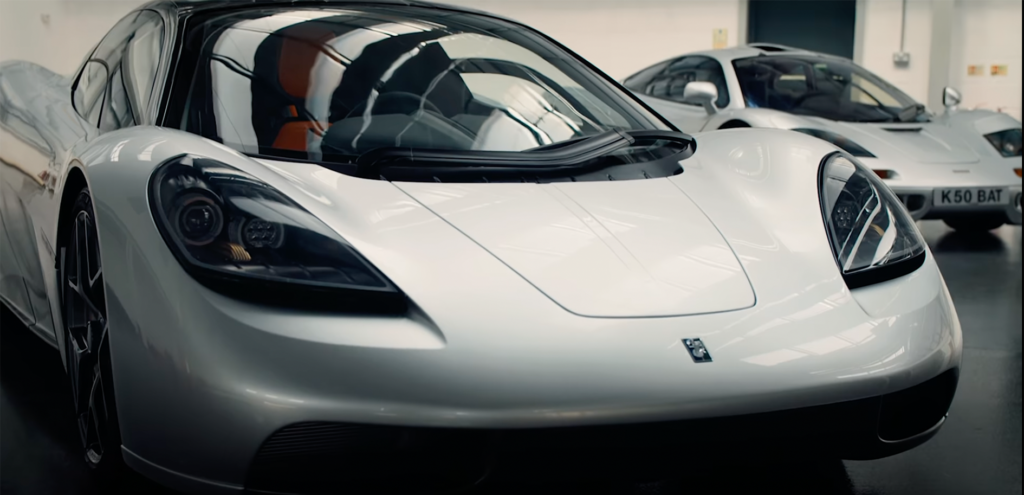
But first, a brief history lesson. Gordon Murray designed the F1 for McLaren back in the early 1990s. The brief was to craft – with money no object – the ultimate road car; a GT civilised enough to transport its three occupants to the South of France in reasonable comfort with good luggage space. Murray deployed materials such as carbon fibre, Kevlar, titanium, magnesium, and even gold leaf to produce the groundbreaking car. Mated to the extraordinarily light chassis was a screaming 6.0-litre V12 engine capable of propelling the car to 60 in just 3.2 secs, and on to a record-breaking top speed of 240 mph.
Launched at the Automobile Club de Monaco in 1992, the car was well received, but with an eye-watering price of 1m USD – over twice the price of the Ferrari F40 – it was deemed expensive in the recessionary environment and sales disappointed. In 1995, and on the back of considerable lobbying from customers, McLaren took the F1 racing. With the F1 GTR, McLaren won Le Mans in their debut season, placing 1st, 3rd, 4th, 5th, and 13th. An extraordinary feat that has never since been repeated. The F1’s place in history was rightfully secured and its values have risen and risen with the best examples now comfortably achieving north of 25m USD.
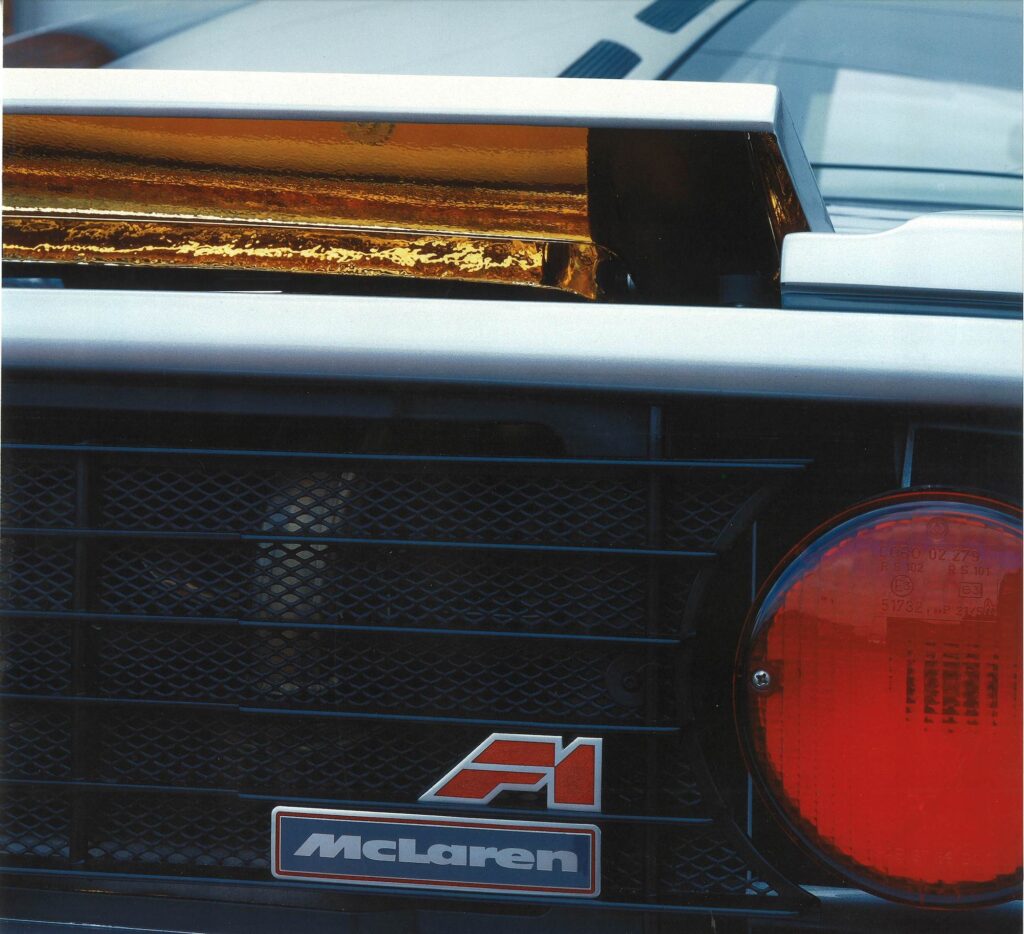
Since the McLaren F1 was launched, many incredible super and hypercars have been launched. The rapid development of technologies unleashing more and more performance have seen the F1’s figures surpassed in almost every quantifiable respect. But these cars only serve to make the F1 all the more valuable, retaining an analogue purity that modern performance cars could only wish to replicate. Curious then that no supercar manufacturer has set about building a truly analogue car again.
Happily, 30 years on, Murray set about harnessing the considerable advancements in modern materials, design, and simulation technologies to do just that. To design a car with a truly memorable driving experience with a remarkably low weight, a powerful high (and fast) revving engine, and a manual gearbox. To be fastest isn’t the key. But instead, the core principles of the T.50 are to recapture the thrill of the supercar; feeling and hearing and driving.

I remember the first time I drove a McLaren F1 like it was yesterday. After a brief instruction as to how to slide yourself into the middle seat gracefully, I shuffled to the centre and buckled into its 4-point racing belts – necessitated by the absence of airbags. After pressing the remarkably uninspiring red start button, the 6.0-litre V12 burst into life. Grasping the small steering wheel as I looked out across the short bonnet from the centre of the car, I could genuinely feel the hairs on the back of my neck stand on end. As a child, I dreamed of one day seeing an F1 on the road, and here I was about to drive one.
Fast forwarding to 2023, I was invited to attend the T.50 owners’ drive one glorious autumn day in northern Spain. The venue was the Navarra test track, now owned by Jonathan Palmer’s MotorSport Vision (MSV). Navarra has some relatively fast bends along with several tight technical corners, all with generous run-offs allowing customers to experience the car with great confidence. There are two straights, both relatively short but long enough to experience the T.50 at speeds that would see lengthy prison terms if attempted on the public highway. Given Palmer’s involvement in the development of the McLaren F1, it seemed a doubly fitting venue.
Sometimes at events like this there’s a palpable nervousness in the air. Your first customers – and normally your best customers – are here and it’s make or break. But this felt totally serene; there was a total absence of frantic troubleshooting or visible stress among the engineers, which spoke volumes about the T.50’s reliability and their confidence in its design and performance. It was almost as if they were just waiting for us to be impressed.
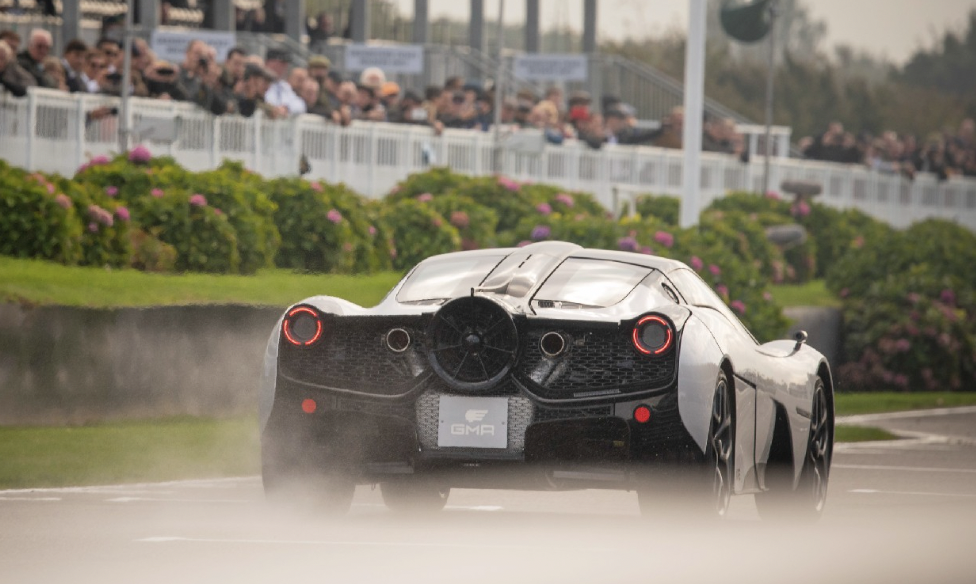
Stepping into the T.50, the first thing that struck me was how little education one required upfront. The absence of the two structural tunnels either side of the driver’s seat makes it much simpler to get comfortable quickly. I briefly fumbled over my left shoulder trying to find the 4-point harness, only to soon realise that the T.50 uses a normal 3-point belt. Very civilised, especially if you need to change the seat position after strapping in, which was always a little frustrating in the F1.
I was instantly catapulted back to that first time I experienced the F1. It all seemed extraordinarily familiar. Fine twill carbon fibre is accompanied by lightweight Alcantara cloth, combined in such a way that you get the immediate sense that this is a step up from the F1 in terms of comfort and refinement. Whilst still petite by modern standards, the steering wheel is larger than that in the F1; a good thing given the lack of power assistance. The optional glass roof panels contribute to a feeling of spaciousness in the cabin, and the visibility is excellent – seemingly unaffected by modern crash regulations. The quality of the interior componentry is a marked improvement over the F1. Much more has gone into the engineering aesthetics, be that the beautifully machined pedal box, the beautiful mechanical gearbox linkages or indeed the Leica inspired mechanical switch gear.
After enabling the auto-throttle blip function and acknowledging I was on track so that the rear camera would come to life, I lifted the fighter jet-style cap and pressed the engine start button. The start-up routine imbues a remarkable sense of occasion, better than any other car I’ve experienced. Rather than the usual low-speed rotation of the engine followed by it firing into life and stuttering up to idle, the T.50’s starter (or ISG to those in the know) spins the engine up to 800 rpm for around 4 seconds. Only once everything is spinning up to speed, and the oil is flowing, does it fire. It’s an emissions thing, but results in a wonderful “pop” as the V12 starts to spin under its own combustion.
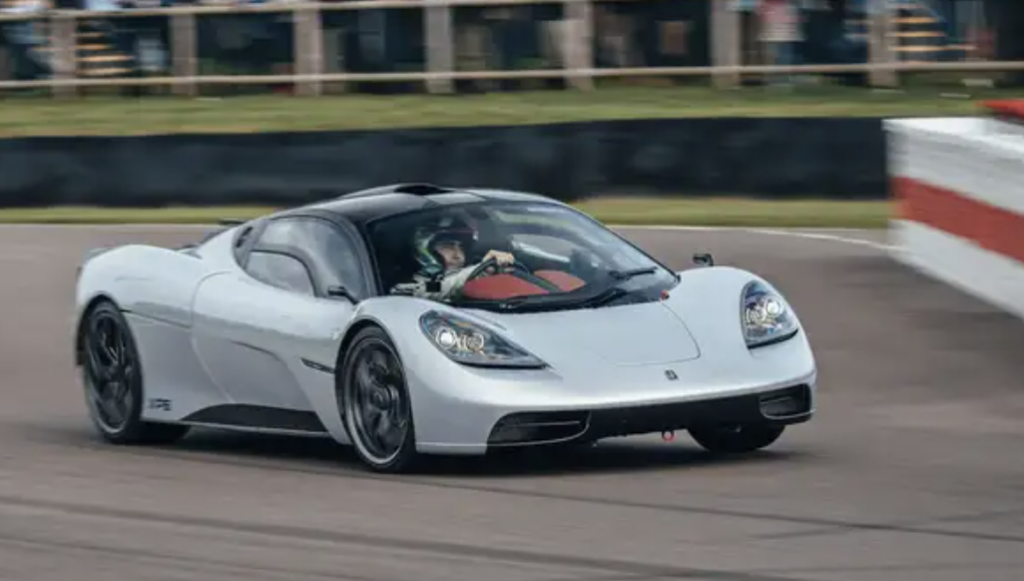
The first clear difference to the McLaren F1 became apparent as soon as I pulled out of the pit box. Pulling away in the F1, with its multi-plate carbon racing clutch, with grace is difficult. Finding the sweet spot between stalling and “bunny hopping” up the first 40 yards of the road can be difficult for the uninitiated. Not so in the T.50. The clutch weight is excellent, the bite predictable and the torque ample at idle.
The gearbox has a short throw and the 6 speed H pattern is quite narrowly spaced, rewarding precision from the driver. With rev-matching and perfect weighting, every shift is smooth. It’s a world apart from the F1’s ‘box which was beautifully fit for purpose, but certainly took some getting used to, especially if its shifter cables had not been properly adjusted with wear, resulting in considerable friction on several F1s.
Much was made in the pre-launch phase of the 4.0-litre Cosworth engine in the T.50, and rightly so. This naturally aspirated V12 is just magic. Whilst it has less torque than the 6.0-litre BMW V12 in the F1, it’s delivery is very linear and the revs build effortlessly, accompanied by sensational induction noise. At low revs, it’s sedate and one can easily chat with passengers, but as the revs build – quickly – the sound in the cabin becomes an incredible crescendo that you wouldn’t want to spoil with conversation. It’s different to the F1, perhaps lacking some of the angrier, lower frequency harmonics but it is more refined and equally magical. As the revs rise from 7000 enroute to over 12000 rpm, it is like nothing I’ve ever experienced. The revs rise quickly, the car pulls hard and the sound is simply intoxicating.
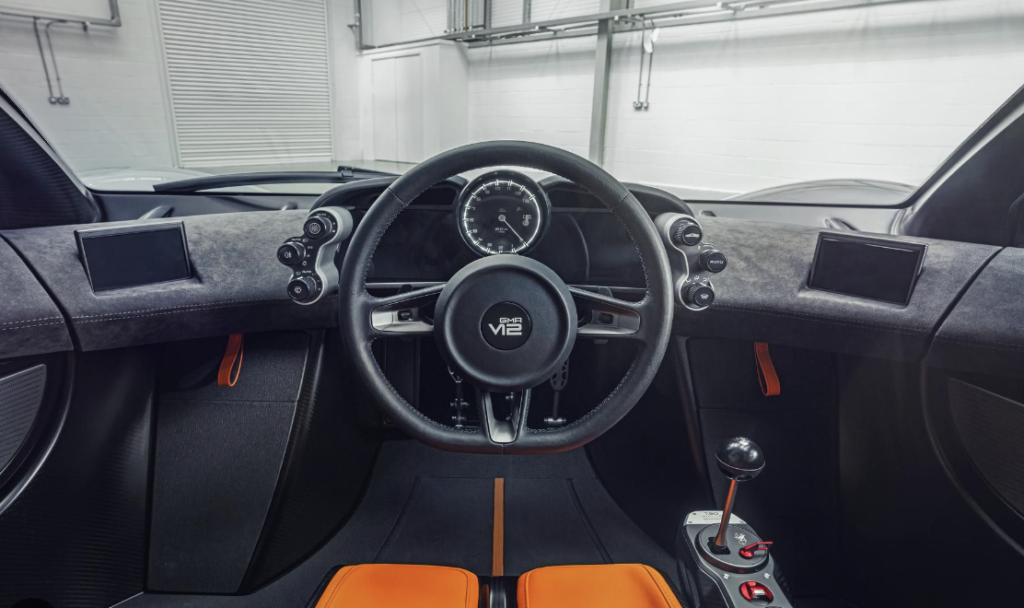
As performance cars have evolved, engineers have desperately tried to capture the pure steering feel of an unassisted, lightweight steering rack. And in the T.50, the steering is a revelation; significantly more precise than the F1, offering a level of feedback and control that enhances the driving experience. Overall, it feels as engaging as the F1 but with an additional layer of security and predictability, with the addition of the ESC and traction control systems. Even under heavy braking – where the F1 performed poorly and would hunt around side to side a little – the T.50 remains perfectly composed with vastly improved stopping power.
Much of that composure isn’t purely electronic wizardry either; the sophisticated aerodynamics include a set of ailerons at the rear and that mighty fan that – if the body control unit decides you’re braking hard enough – will move the centre of pressure back by an impressive one-metre by spooling the fan up to 6000 rpm and shifting the flaps. It all works utterly seamlessly. At very high speeds the car feels very well composed, and more confidence inspiring than the F1. There is enough downforce to ensure that the car is planted to the road, without the need to counteract the forces with very high spring rates, impacting ride quality.
Driving the T.50 at the limit feels more akin to playing a musical instrument than wrestling a racing brute through a corner. Between the wonderful steering feel and the central seating position, it is easy to feel and react to the interactions between the car and the ground beneath it. The result is a beautifully invigorating driving experience. It’s by no means a track car – the Niki Lauda version will fulfil that role – but it’s the most thrilling road car experience I’ve ever had. And you can fit 229 litres of luggage in it, too…

The T.50 doesn’t just follow in the footsteps of the McLaren F1; it strides forward, bringing a refined, exhilarating, and more accessible supercar experience. Having watched supercars get heavier, strangled by emissions regulations and overly complicated by electronics I had begun to resign myself to the fact that we would never see a car like the McLaren F1 ever again. But I should have known if anyone was going to pull it off, it would be Gordon.